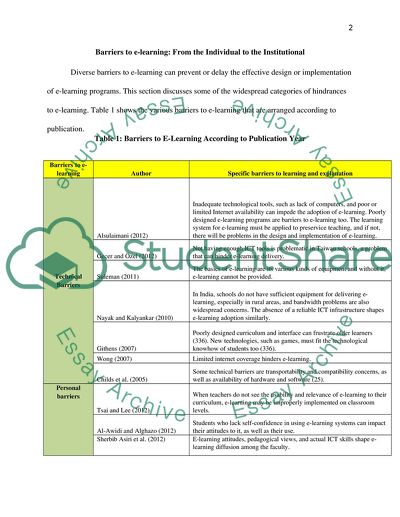Cite this document
(“E learning Thesis Example | Topics and Well Written Essays - 2500 words - 1”, n.d.)
E learning Thesis Example | Topics and Well Written Essays - 2500 words - 1. Retrieved from https://studentshare.org/information-technology/1622000-e-learning
E learning Thesis Example | Topics and Well Written Essays - 2500 words - 1. Retrieved from https://studentshare.org/information-technology/1622000-e-learning
(E Learning Thesis Example | Topics and Well Written Essays - 2500 Words - 1)
E Learning Thesis Example | Topics and Well Written Essays - 2500 Words - 1. https://studentshare.org/information-technology/1622000-e-learning.
E Learning Thesis Example | Topics and Well Written Essays - 2500 Words - 1. https://studentshare.org/information-technology/1622000-e-learning.
“E Learning Thesis Example | Topics and Well Written Essays - 2500 Words - 1”, n.d. https://studentshare.org/information-technology/1622000-e-learning.


